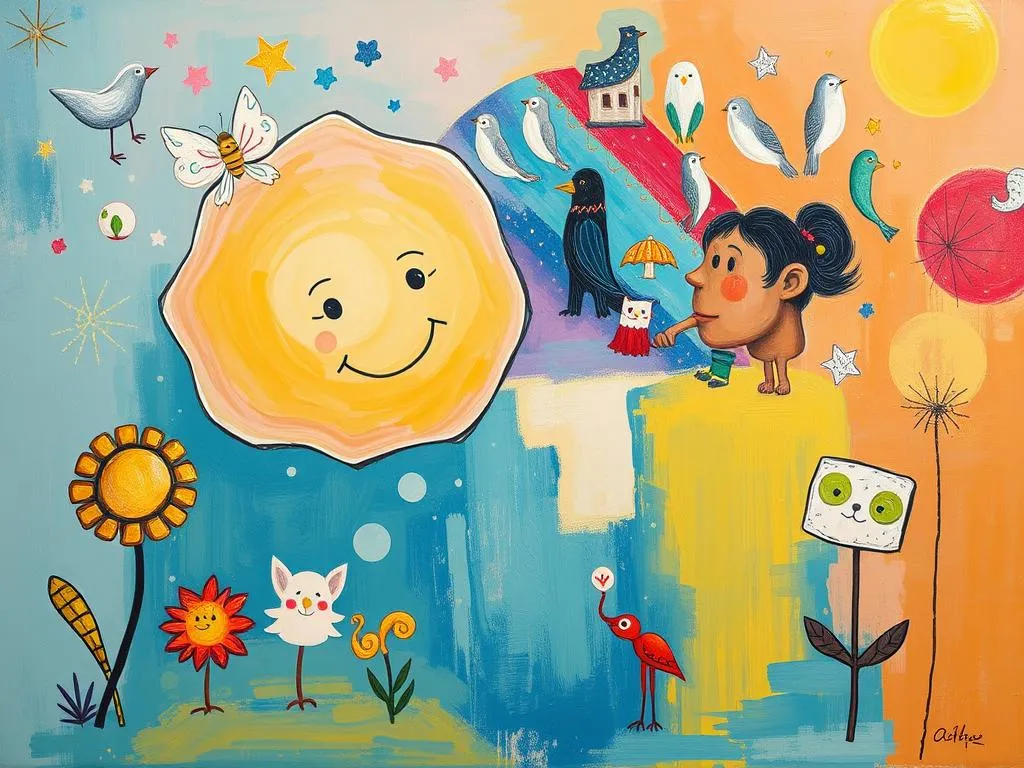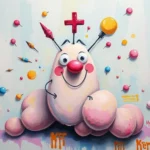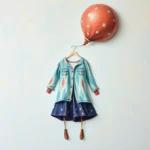
Dreams have fascinated humanity for centuries, serving as a portal into our subconscious minds. Whether a whimsical flight through the skies or a harrowing chase through dark alleyways, the content of our dreams captivates us and often leaves us pondering their meanings. The relevance of dreams extends beyond mere entertainment; they can reveal our thoughts, fears, and desires that we may not even be aware of in our waking lives. Understanding the symbols present in our dreams can provide insights into our emotional and psychological states. This article aims to unravel the layers of symbolism found in dreams, guiding you through various interpretations and encouraging personal reflection.
Symbolism and Meaning
Dream symbols are the building blocks of our nighttime narratives. These symbols can vary greatly depending on personal experiences, cultural backgrounds, and even current life situations. One common symbol in dreams is water, which often represents emotions. Calm, flowing water might indicate serenity and emotional balance, while turbulent, stormy water could signify emotional upheaval or confusion. This duality reflects how our feelings can shift rapidly, mirroring the unpredictable nature of life itself.
Another prevalent dream symbol is flying. Many people experience dreams where they soar through the sky, which can indicate a desire for freedom or escape from life’s burdens. Conversely, flying can also represent a sense of empowerment and achievement, suggesting that the dreamer has overcome obstacles. However, if the flight is accompanied by fear or instability, it may symbolize anxiety about taking risks or a fear of losing control.
Chase dreams are also common and can be particularly unsettling. Being pursued in a dream might reflect feelings of stress or anxiety in waking life. The identity of the pursuer can add depth to the interpretation; for instance, if the pursuer is an unknown figure, it could signify unresolved issues or fears that the dreamer is avoiding. Alternatively, if the pursuer is someone familiar, it may represent a conflict or unresolved relationship with that individual.
In addition to these symbols, houses often appear in dreams, each room potentially representing different aspects of the dreamer’s personality or life experiences. A dark, cluttered basement might symbolize repressed fears or memories, while a bright, airy attic could indicate higher consciousness or untapped potential. Understanding the various rooms and their symbolic representations can help dreamers navigate their inner landscapes.
Key Scenarios and Variations
The context of a dream greatly influences its interpretation. For example, a dream about losing teeth can evoke a wide range of meanings based on specific scenarios. Losing a single tooth may evoke feelings of insecurity or fear of aging, while losing multiple teeth can amplify feelings of helplessness or a loss of control. If the dreamer is calm and accepting in the dream, it may suggest a readiness to face changes in life. In contrast, a panicked reaction may indicate resistance to these changes or an underlying fear of inadequacy.
Another variation involves falling dreams. Experiencing a fall can be disorienting and alarming. In some cases, falling may symbolize a loss of stability or support in waking life. However, the context matters: falling without fear can signify a leap of faith or an acceptance of change. Alternatively, if the dreamer wakes up just before hitting the ground, it might indicate a fear of failure or a reluctance to confront a specific situation.
Relationships also play a crucial role in dream variations. For instance, dreaming of an ex-partner can evoke a myriad of emotions. If the dream is positive, it may signify unresolved feelings or a desire for closure. If it’s negative, it could point to lessons learned from that relationship or lingering emotional wounds. The emotional tone of the dream often acts as a guide for interpretation.
Moreover, the setting of the dream can change the meaning significantly. A dream set in school might indicate feelings of self-evaluation or a desire to learn and grow. It can also symbolize a need to revisit past experiences or confront unresolved issues from one’s formative years. Conversely, a dream taking place in nature might evoke feelings of peace and tranquility, representing a connection with one’s true self or a longing for escape from the chaos of daily life.
Real-Life Connections and Takeaways
Understanding dreams and their symbols requires a willingness to engage in self-reflection. Consider the emotions you experienced during the dream and how they relate to your waking life. Reflecting on these connections can yield valuable insights about your current situation. For instance, if you’ve been feeling overwhelmed at work, a dream about being chased may be your mind’s way of processing that stress.
Practical advice includes keeping a dream journal where you can write down your dreams immediately upon waking. Over time, you might notice patterns or recurring themes that can illuminate aspects of your life that require attention. Additionally, during your reflections, ask yourself questions about your feelings, relationships, and current life circumstances. What do you feel is being represented in the dream? What unresolved issues might be surfacing?
Meditation and mindfulness exercises can also help deepen your understanding of your dreams. Taking time to connect with your emotions can foster clarity about what your dreams are trying to communicate. By creating a calm space for contemplation, you may find it easier to decipher the symbols and scenarios that arise in your dreams.
Finally, consider discussing your dreams with trusted friends or a therapist. Sharing your experiences can provide new perspectives and insights that you might not have considered. Sometimes, an outside viewpoint can help uncover hidden meanings and offer guidance on your journey toward self-discovery.
In conclusion, dreams serve as a fascinating bridge to our inner worlds, filled with symbols that offer insight into our emotions, fears, and desires. By exploring these symbols, contemplating their meanings in various contexts, and connecting them to our waking lives, we can gain a deeper understanding of ourselves. Use your dreams as a tool for self-reflection and personal growth, and remember that the answers often lie within. Happy dreaming!







